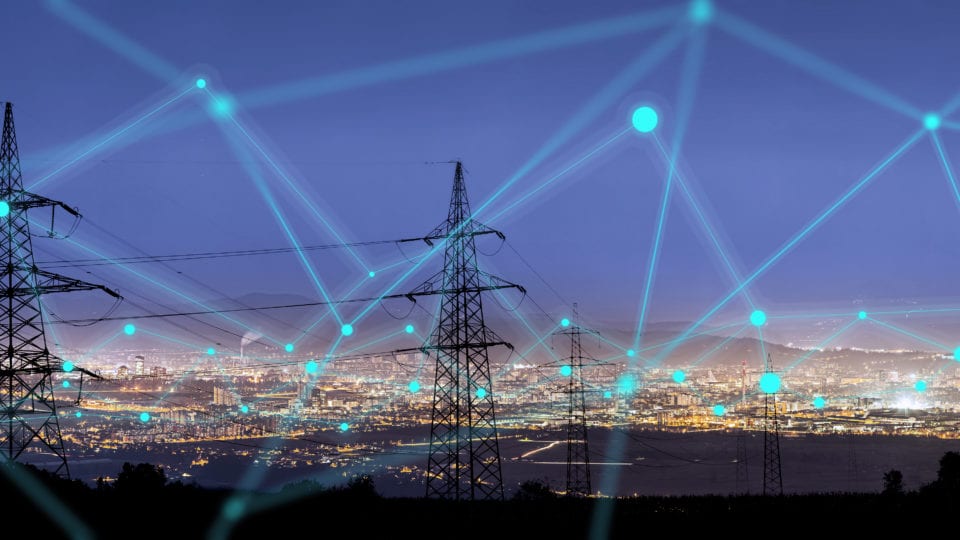DNOs publish data on connected assets over 1 MW
The Energy Networks Association, which is running the Open Networks Project, has announced the completion of its project to publish System Wide Resource Registers, detailing connected generation over 1MW on the distribution networks.
5th February 2020 by Networks

Each Distribution Network Operator (DNO) has published details of generation projects, storage facilities and flexibility services of 1MW and greater on their networks. Over 5,000 connected assets are recorded.
The project forms one of the outputs of the Open Networks project, which brings together electricity transmission companies with trade associations, BEIS, and energy regulator Ofgem, to lay the foundations for the smart grid and the DNO’s transition to become Distribution System Operators (DSOs).
The new registers present a standardised set of data, highlighting demand and presenting opportunities for stakeholders – such as community groups, renewables projects and aggregators – to offer generation, storage or other services.
The improved transparency and data access are expected to help accelerate the transition to net-zero, as well as helping DNOs to avoid physical reinforcement works.
The information will also provide a more complete network overview of network generation capacity to National Grid ESO.
Harnessing the power of data, improving transparency, and harmonising processes across the country is another step forward to help us deliver the low carbon, smart grid that the public need
David Smith, chief executive, ENA
The register contains information on resource types, locations, and capacities resources that are already connected to the distribution networks, or that have accepted connection agreements in place.
Information on flexibility services provided to the distribution network companies is also included.
The new registers are produced in a standard format across the country, helping to harmonize local markets and making it easier for third parties to explore opportunities.
They will be updated on a monthly basis by each of the DNOs. Later this year, the registers’ scope will be extended with information about the network reinforcements required to connect new resources.
Commenting on the release, David Smith, ENA chief executive, said: “Innovation and investment from the electricity network companies have already helped to make the UK a superpower of renewable energy.
“Harnessing the power of data, improving transparency, and harmonising processes across the country is another step forward to help us deliver the low carbon, smart grid that the public need.
“The publication of the System Wide Resource Registers will make connecting to the networks easier across the country, highlighting new opportunities for clean energy projects, delivering value for the public and securing our energy into the future.”
The Open Networks Project recently launched its 2020 Work Plan consultation, which will run from 21 January to 17 March 2020. The consultation document can be found here.
Comments
Login on register to comment
Related content

Power
The future for vegetation management
Why networks should focus on data not trees to overcome the costly challenges involved in vegetation management

Power
An unprecedented opportunity for change
Why short interruptions will matter in RIIO-ED2 and how to address them.

Power
Time for less talk and more action on decarbonisation
Core "oven-ready" solutions to decarbonising heat and transport exist today and should be implemented without delay, says WPD's future power networks expert.
Related supplier content

Power
Load patterns and lockdown: how Covid-19 is impacting electricity networks
Insights into dynamics on the low voltage network as the outbreak unfolds

Downloads
Protect electrical equipment from insulation failure
Insulation faults are a major cause leading to the eventual failure of electrical equipment. Partial discharge (PD) is a very reliable indicator of developing insulation faults. Regular PD testing allows users to detect and analyze PD activity

Heat
How E.ON. is helping the City of London become a zero emissions city
Discover Citigen. Deep in the heart of our bustling capital